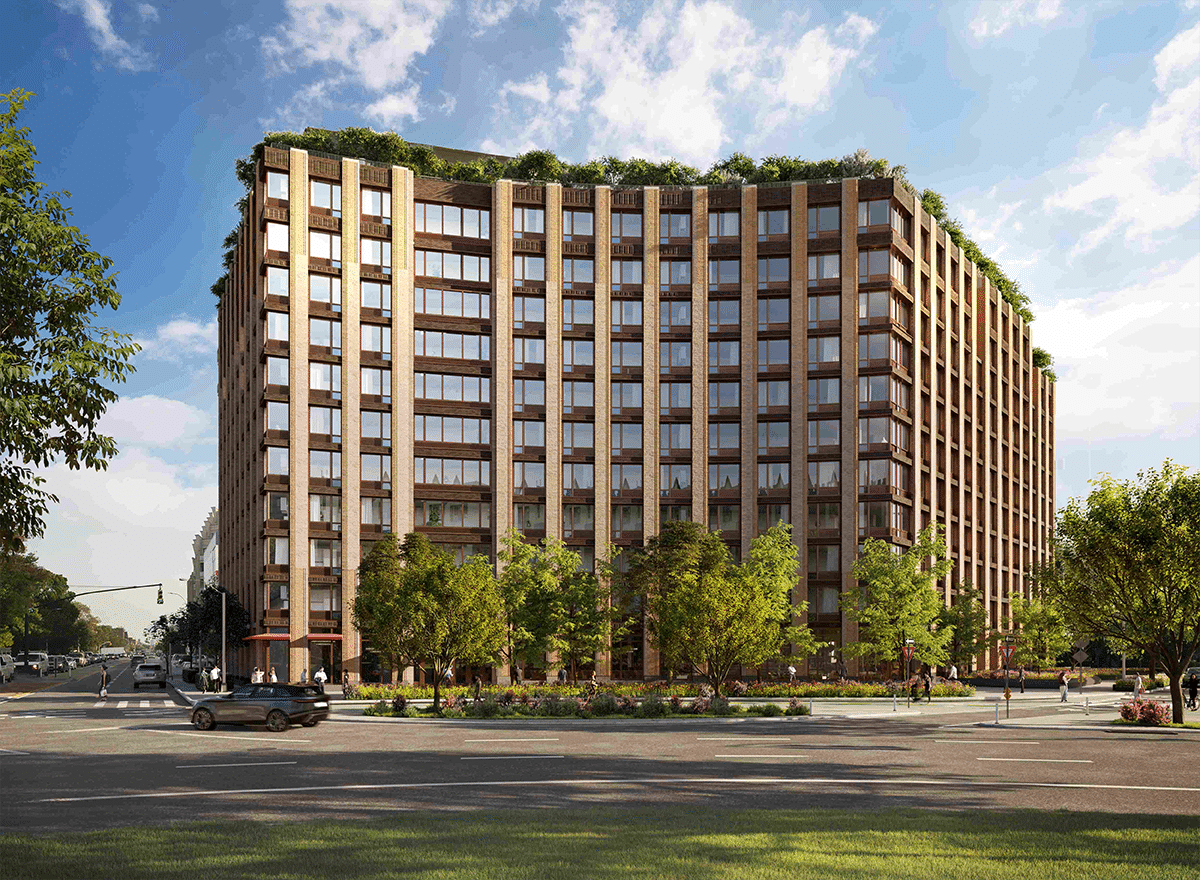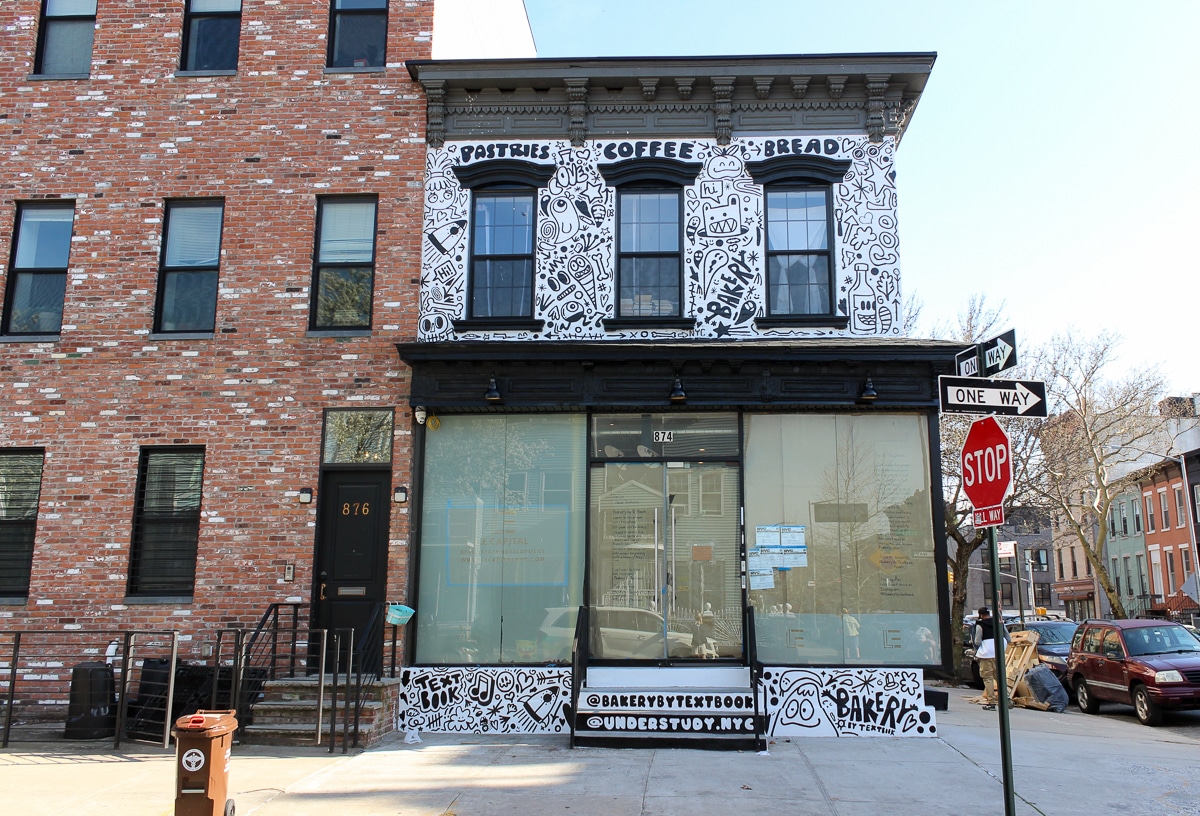The Hot Seat: Ofer Cohen
Welcome to the Hot Seat, where we interview people involved in real estate, architecture, development and design. Introducing Ofer Cohen, founder and president of TerraCRG, a commercial brokerage devoted to Brooklyn properties. Brownstoner: Can you talk about how you first started TerraCRG? Ofer Cohen: Melissa DiBella and I started the company in January of 2008, and…

Welcome to the Hot Seat, where we interview people involved in real estate, architecture, development and design. Introducing Ofer Cohen, founder and president of TerraCRG, a commercial brokerage devoted to Brooklyn properties.
Brownstoner: Can you talk about how you first started TerraCRG?
Ofer Cohen: Melissa DiBella and I started the company in January of 2008, and little did we know this would be the greatest recession since the Depression six or seven months later. But really I felt the need to start a company that would focus only on commercial transactions and only on Brooklyn.
A few months after we started, the recession hit, Leman Brothers crashed, and we had to really make what we could out of that period — which for us, was concentration on distressed assets and stalled development sites. When the market started to recover, we were already well positioned to take advantage of that recovery. Early in the recession, we realized the biggest stress was in development. Banks stopped funding construction loans, and a lot of developers couldn’t finish their projects or couldn’t start. It was how we cut our teeth in this development market. We were fortunate to develop a lot of great relationships with banks and developers, and really learn the Brooklyn market from that. Since coming out of the recession, we’ve sold over 1,600,000 buildable square feet in Brooklyn. And we believe it was a result of our experience during the recession.
BS: How has the market changed since 2008?
OC: I think the biggest change you’ve seen over the last six and a half years is that Brooklyn has become a primary destination. It’s no longer a more affordable alternative to residents or investors. I think the trend that started with a demographic shift is essentially mirroring itself to investors and developers. Investors and developers are coming to Brooklyn because they want to be in Brooklyn, and they believe residents and companies and retailers want to be here. You don’t need to pitch Brooklyn — now Brooklyn sells itself, and that’s a big change. It’s not just the primary neighborhoods anymore. The secondary neighborhoods have started taking off too. The primary neighborhoods were the first neighborhoods to develop, in north Brooklyn. The secondary neighborhoods are the second, third, fourth stops on the express train.
Bushwick, Bed Stuy and Crown Heights are seeing the most transactions, but north Williamsburg, Park Slope, Downtown Brooklyn and Brooklyn Heights are where you’re seeing the biggest dollar amounts in transactions. Everything in Brooklyn has doubled or tripled in price. Any asset that you look at was worth half five years ago. If it was $100 a buildable foot, now it’s $200 plus a buildable foot. So transactions are inevitably getting bigger. You used to sell six-families in Bushwick for $500,000, now you sell them for $1,400,00. From an investors’ perspective, you want to go where there’s a higher trajectory for growth. And developers are seeing a lot more opportunities in these secondary neighborhoods like Bushwick and Bed Stuy.
BS: What about Williamsburg?
OC: Williamsburg is acting like the better parts of Manhattan in terms of value right now. So a lot of developers who had been focusing on the Williamsburg area are now shifting their attention in the last two or three years to Bushwick. That doesn’t mean there’s no opportunity in Williamsburg, but there’s a much higher barrier to entry and a lot of the upside is already maxed out.
BS: What neighborhood do you live in, and how did you end up there?
OC: Ten years ago, I used to live in Manhattan, and my wife and I were expecting twin babies. And like a lot of people back in the day, we were looking to move to Brooklyn. It was right before I started a brokerage in Brooklyn, so I didn’t know all the neighborhoods then. We saw a building that we really really liked in Prospect Heights, that we ended up buying. I remember arguing with my wife because she didn’t want to pay full price. And I was like no, we have to buy this house, it doesn’t get better than this. It was $800,000. It was a little edgy back then, but we have been there for nine years. I live four blocks away from my office.
BS: Was your house renovated when you bought it, and have you renovated it since?
OC: We renovated it a little bit, and we’re probably going to renovate it soon again. It was a three-family that we’re using as a two-family, and we’re looking into doing another round of renovations. When we bought this house, it was before a lot of things had happened. The Barclays Center was just a concept, and they’ve since landmarked our area. We’re now looking into a full gut renovation with our architect. Probably because it’s going to be more efficient to renovate then finding something else to renovate. We’re also in the process of buying a building for our office, and we’ll go through a renovation of that as well. It’s a few blocks away from here.
BS: Why did you choose Prospect Heights for your office? Is it because you live here?
OC: No. Because we’re a Brooklyn-only firm and we’re servicing all the neighborhoods in Brooklyn, it was important for us to be in what we believed was the center. And we wanted to be near the Atlantic Terminal stop. Both from a subway perspective and driving-wise, it’s very convenient to get in and out of this area. When we looked for office space, we looked for proximity to the subway station. So if we need to go have a meeting in Williamsburg, we’re a 15-minute drive away. [We’re] 15 or 20 minutes away from anywhere we need to be — Red Hook, Sunset Park, Bushwick, Bed Stuy, Sunset Park.
BS: How do you think the rezoning of commercial properties in Gowanus, Red Hook, Bushwick, Crown Heights could change residential development?
OC: The Bloomberg administration went through a big wave of rezoning, and it’s not clear how the new administration is going to do that. So right now, there aren’t a signficant amount of rezoning proposals. The first few rezoning proposals will cater to the idea of creating more density for affordable housing. In Gowanus, there was a plan to rezone it, it got stalled, but it might come back. I think the bottom line is that we need to see what City Planning is going to come up with. They’re going to work very hard to accommodate affordable housing, and I don’t think affordable housing is going to be a major part of the Gowanus.
We have about 13,000 units of residential housing being developed in Brooklyn right now, and most of them are rentals. In the next 12 months, we believe the condo market is about to take more of a prominent position, because there’s such a great lack of condominium inventory. I think the next wave of large developments is going to lean more toward condos than rentals. Because for the longest time, there hasn’t been any condo development of scale. I think the market is getting ready for that to happen again.
BS: I feel like I’ve seen a lot of small condo developments come on the market recently in what you’d call the secondary neighborhoods. Can you talk about that?
OC: Our friends over at Brookland Capital have been one of the pioneers of small condo developments in Bushwick, Bed Stuy and Crown Heights. I think you’re going to see a lot more of it. But from the perspective of large scale, people were shying away from it because they got hit during the recession. So projects that have been very successful recently, like Pierhouse from the Toll Brothers, have given people more confidence that the condo market is back. And it’s back in a major way, because the pricing has been phenomenal.
But right now, if you’re just a person who wants to buy an apartment, you have very little to choose from. But when you find something, the price is high because there’s a lot more demand for units than supply. But the development pipeline is two years. So even if you broke ground today, it’s going to take you two years to deliver that unit. So there will be even more pent-up demand on the condo market, and it’s going to get more expensive. It also explains why brownstones in Bed Stuy and Crown Heights are selling for these prices, because there’s just not enough for-sale housing.
BS: Now for your favorites: Your favorite Brooklyn neighborhood, and your favorite buildings or places in Brooklyn.
OC: One of my favorite neighborhoods in Brooklyn is Greenpoint. A lot of the time, the neighborhood doesn’t get as much of a spotlight as it deserves. And the whole waterfront up there is ripe for development. It’s just so nice, and it’s a fun residential neighborhood. It’s interesting because it’s already been rezoned, but the development just didn’t happen yet. In the development cycle, we’re getting to the point where you can finance a large-scale development in Greenpoint, and I don’t think we’ve had that for a long time.
I think Brooklyn Bridge Park is one of my favorite places. And I’m very excited about everything that’s being developed around the BAM Cultural District. It’s very exciting, just to be able to walk from the Barclays Center to BAM and see everything that’s being developed all around that district. It makes it a real place to live, that’s not just residential and not just high rise. Between Barclays and BAM, it adds a lot of vitality.









What's Your Take? Leave a Comment